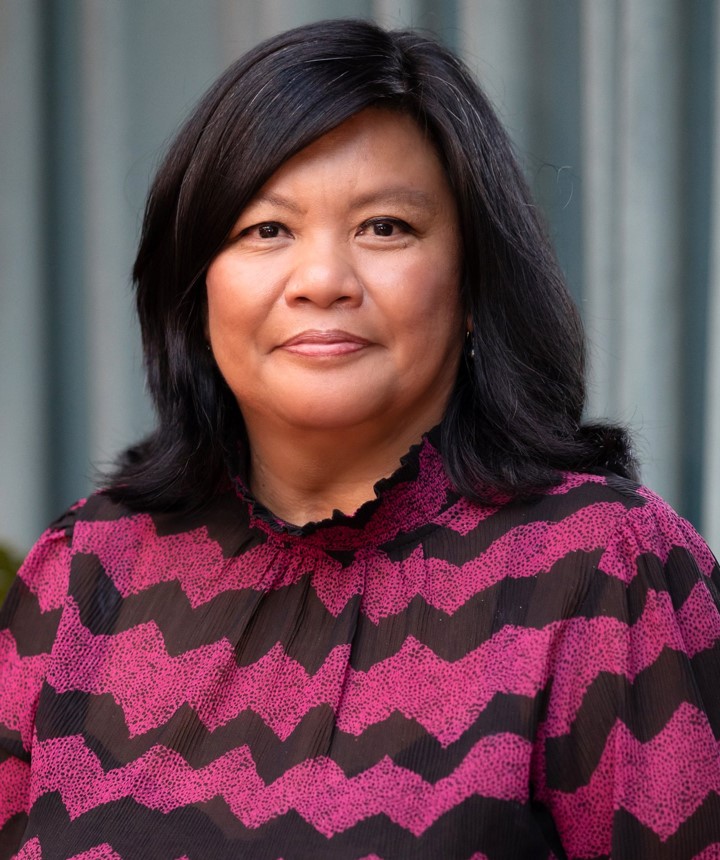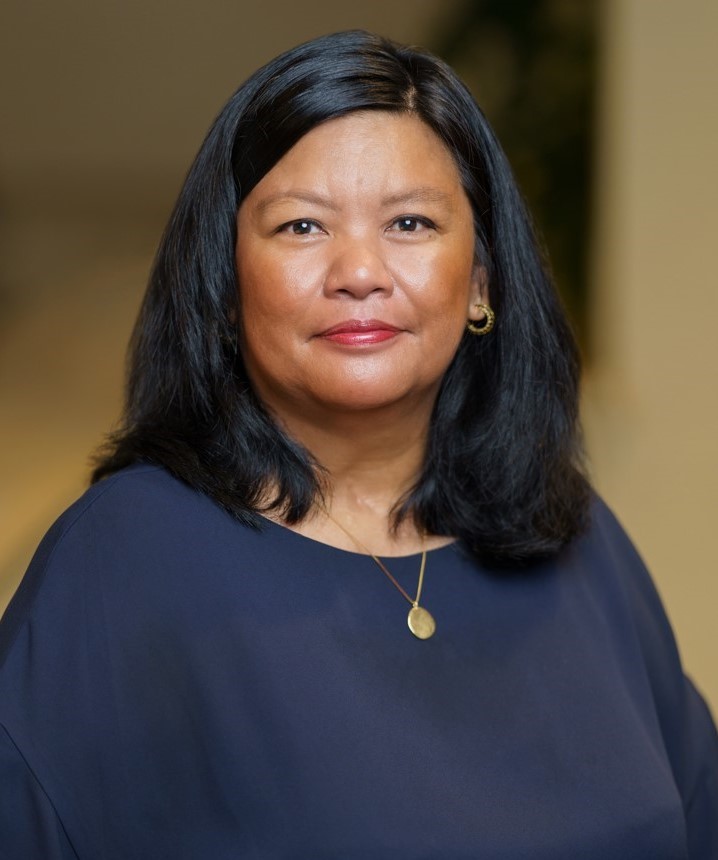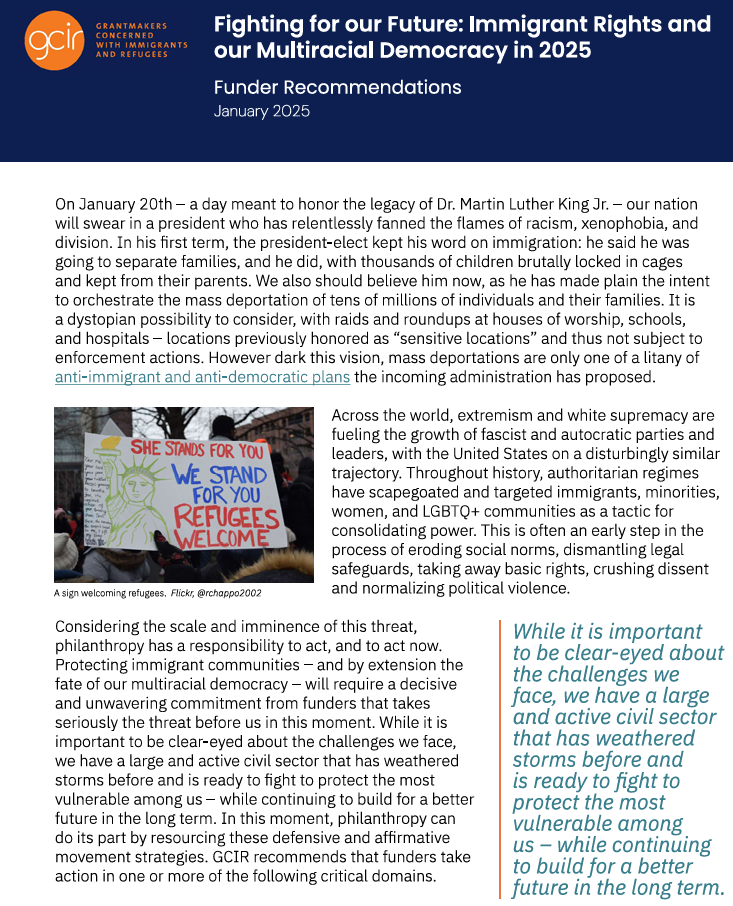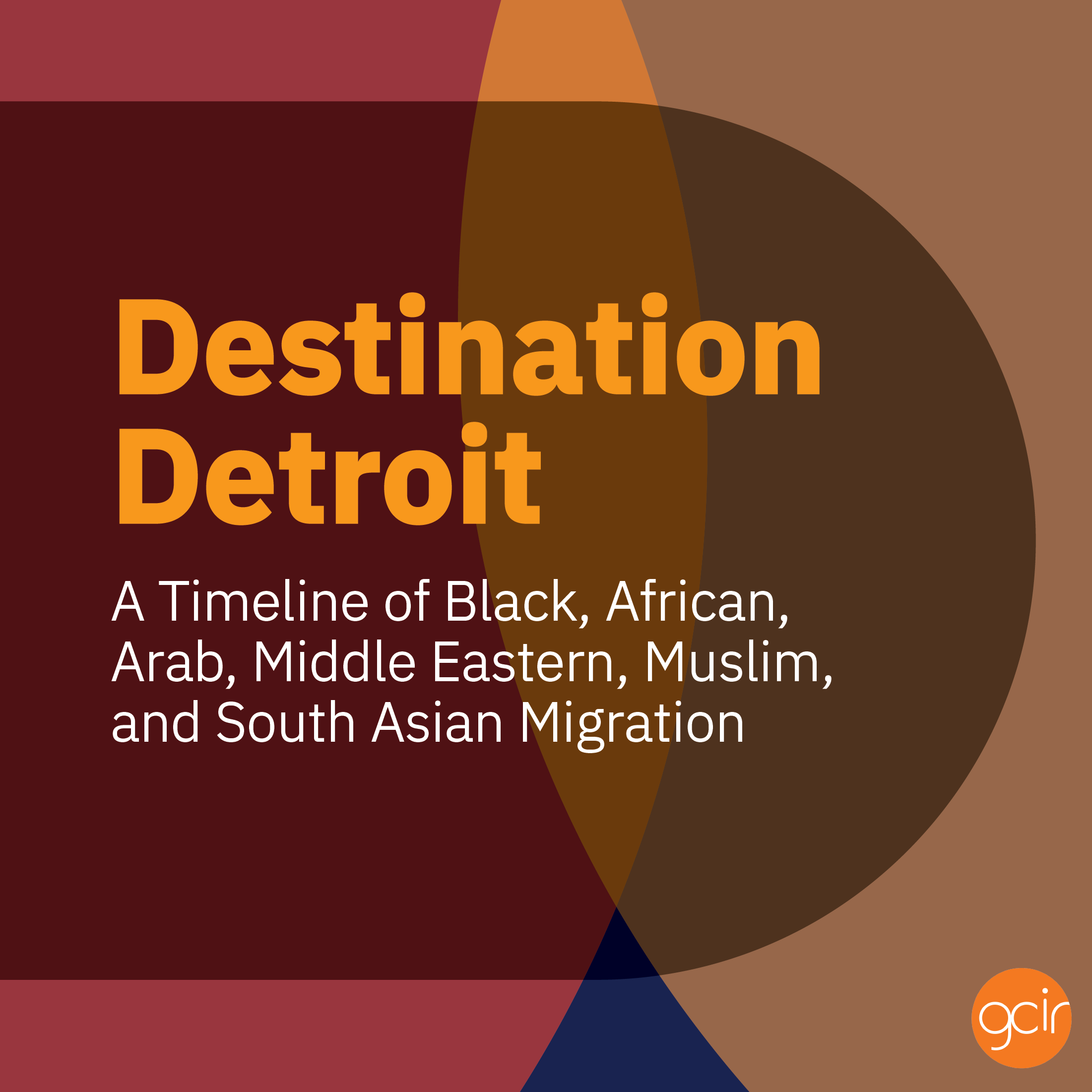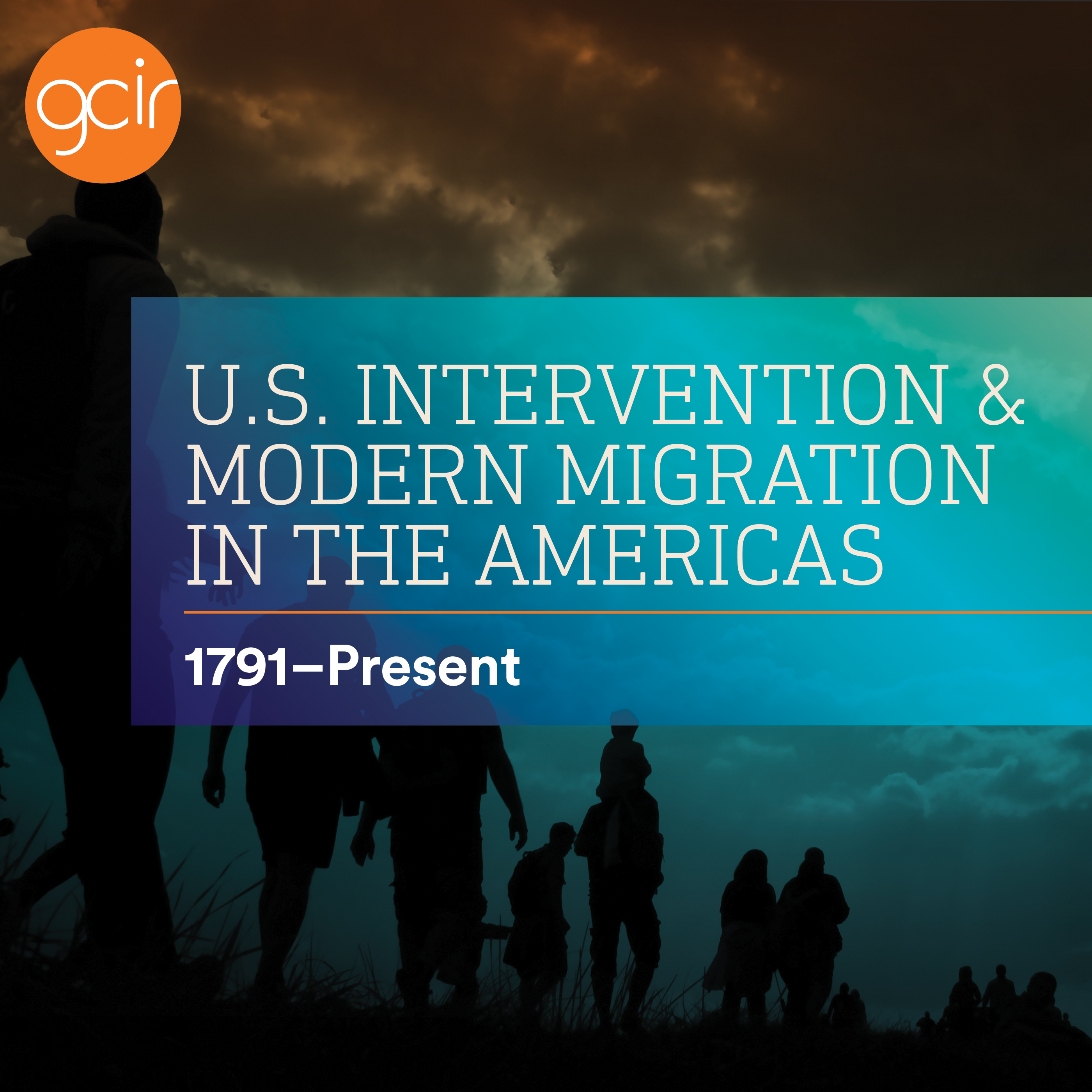About GCIR
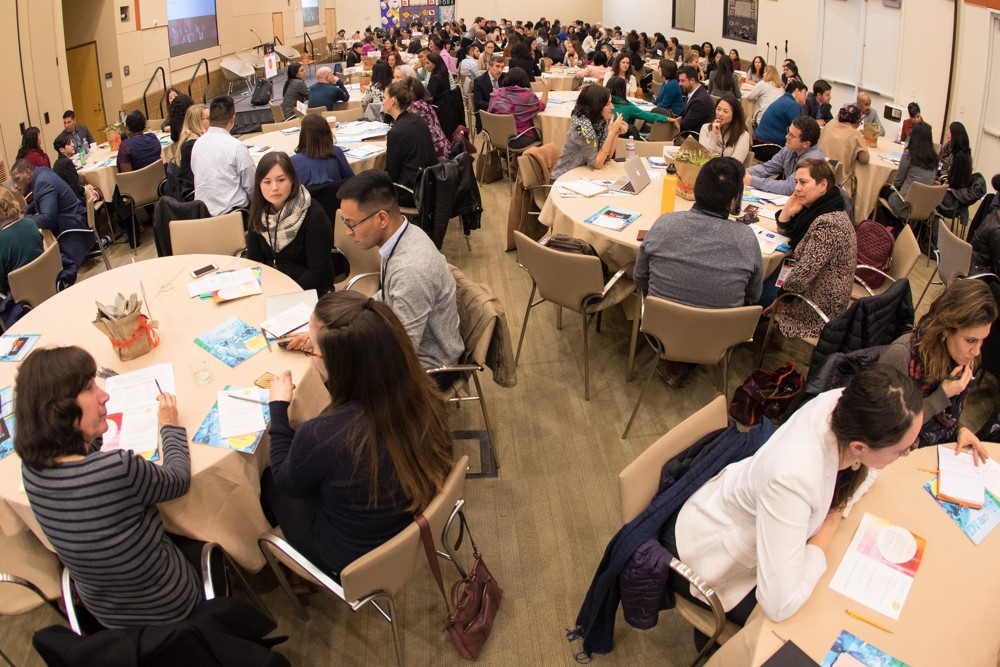
As the nation’s only immigrant-focused philanthropy mobilizing organization, GCIR creates strategic opportunities to move money and power to immigrant and refugee communities and galvanizes funders to resource a robust immigration and refugee rights power-building ecosystem. Amid continued challenges and significant opportunities for immigrants, refugees, and asylum seekers, we are building on our 33-year history to drive short- and long-term immigrant-related philanthropic investments to advance our vision of a just, equitable, and inclusive society for all.
Vision
GCIR envisions a society in which everyone thrives no matter where they were born.
Mission
We mobilize philanthropy to advance immigrant justice and belonging.
Values
Our work is grounded in the following values:
Love: We extend grace, compassion, generosity, and accountability to ourselves and to each other.
Solidarity: We center those most affected by systems of oppression and work together towards our mutual freedom.
Dignity: We believe in self-determination, radical candor, justice, and healing in our relationships.
Power: We center, support, and promote the ability of the immigrant and refugee justice movement to create, build, and utilize their agency, analyzing the power we and philanthropy wield.
Abundance: We affirm there is enough for everyone to thrive sustainably and to imagine a future of our collective liberation.
What We Do
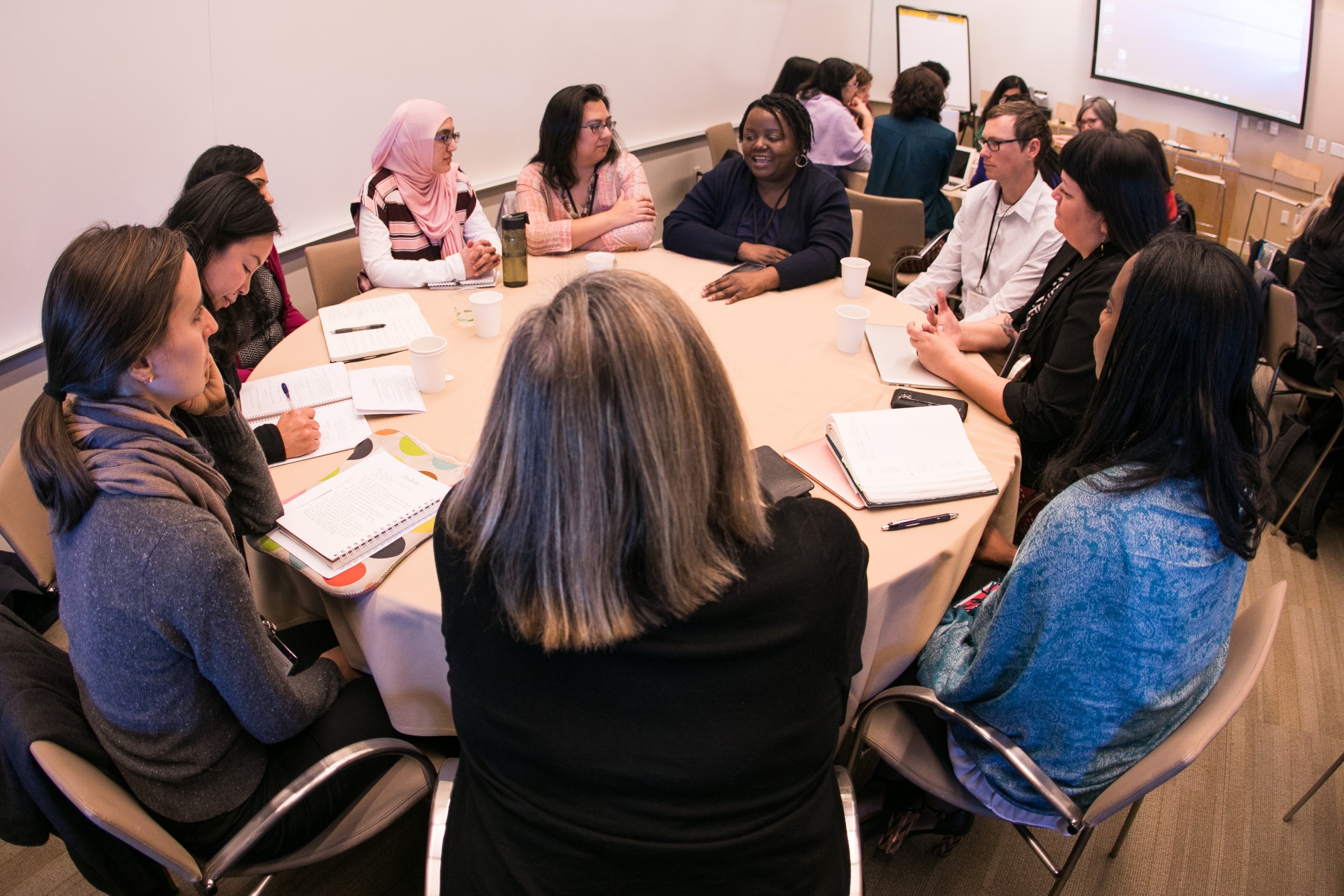 GCIR works with more than 130 member institutions, the 1,200 individual grantmakers in our network, immigrant justice movement leaders, and other philanthropic affinity groups to advance immigrant justice and belonging. From briefings and publications to consultations and convenings, GCIR’s thought leadership and expertise enable funders to respond to policy developments, adapt to demographic trends, engage with cross-sector partners, and make the connection between their priorities and immigration. We connect funders from around the country to one another, catalyzing coordinated and collaborative grantmaking for maximum impact. Our work has mobilized hundreds of millions of dollars to support immigrant and refugee communities across the country.
GCIR works with more than 130 member institutions, the 1,200 individual grantmakers in our network, immigrant justice movement leaders, and other philanthropic affinity groups to advance immigrant justice and belonging. From briefings and publications to consultations and convenings, GCIR’s thought leadership and expertise enable funders to respond to policy developments, adapt to demographic trends, engage with cross-sector partners, and make the connection between their priorities and immigration. We connect funders from around the country to one another, catalyzing coordinated and collaborative grantmaking for maximum impact. Our work has mobilized hundreds of millions of dollars to support immigrant and refugee communities across the country.
Members & Network
Our members and partners are local, state, regional, and national foundations from across the country, with diverse grantmaking priorities, including health, education, rights and justice, economic security, and more. Whether they explicitly fund immigrant-related efforts or not, these foundations recognize the importance of applying an immigration lens to their grantmaking. For more information, visit our membership page.
Major Areas of Work
In addition to briefings, strategy meetings, consultations, publications, communications, and biennial convenings, GCIR leads the following efforts:
California Immigrant Integration Initiative (CIII): Since its inception in 2007, this funder table has provided the infrastructure for California funders to be on the leading edge of philanthropic response. Between 2016 and 2019 alone, CIII helped California funders deploy $323 million to address critical issues facing immigrant communities across the state.
Delivering on the Dream (DOTD): Since its inception in 2012, the DOTD network has deployed $103 million dollars through 27 collaboratives in 21 states, with more than 160 local, state, and national funders supporting over 700 grantees working in multiple areas, including immigration legal services, education and outreach, and crisis response.
The California Dignity for Families Fund (CDFF): CDFF helps migrants at the U.S.-Mexico border and newly arriving Afghan and Haitian migrants receive humanitarian relief and assistance as they request asylum and resettle in communities throughout the state. Since its inception, CDFF has disbursed nearly $11 million, including $2 million in aligned giving through the LA Justice Fund, to 44 grantees across the state.
